As a curator, you quickly learn that the context in which you show a work of art shapes the way an audience experiences it, even when adjacent galleries are conceived separately. So when I had the opportunity to install Vitality of New Forms: Designs by Alvin Lustig and Elaine Lustig Cohen (open through July 4) within LACMA’s modern art galleries, it was clear that the exhibition should build from this setting and focus on the designers’ deep relationship to the art of their time. Both were immersed in modern art from an early age. Alvin Lustig described how a teacher at Los Angeles High School introduced him to the posters, architecture, and paintings of the European avant garde, forever transforming how he saw the world. A bit later—and far across the country—the teenage Elaine Firstenberg wandered into Peggy Guggenheim’s Art of This Century gallery, where she became entranced with the paintings of Wassily Kandinsky.
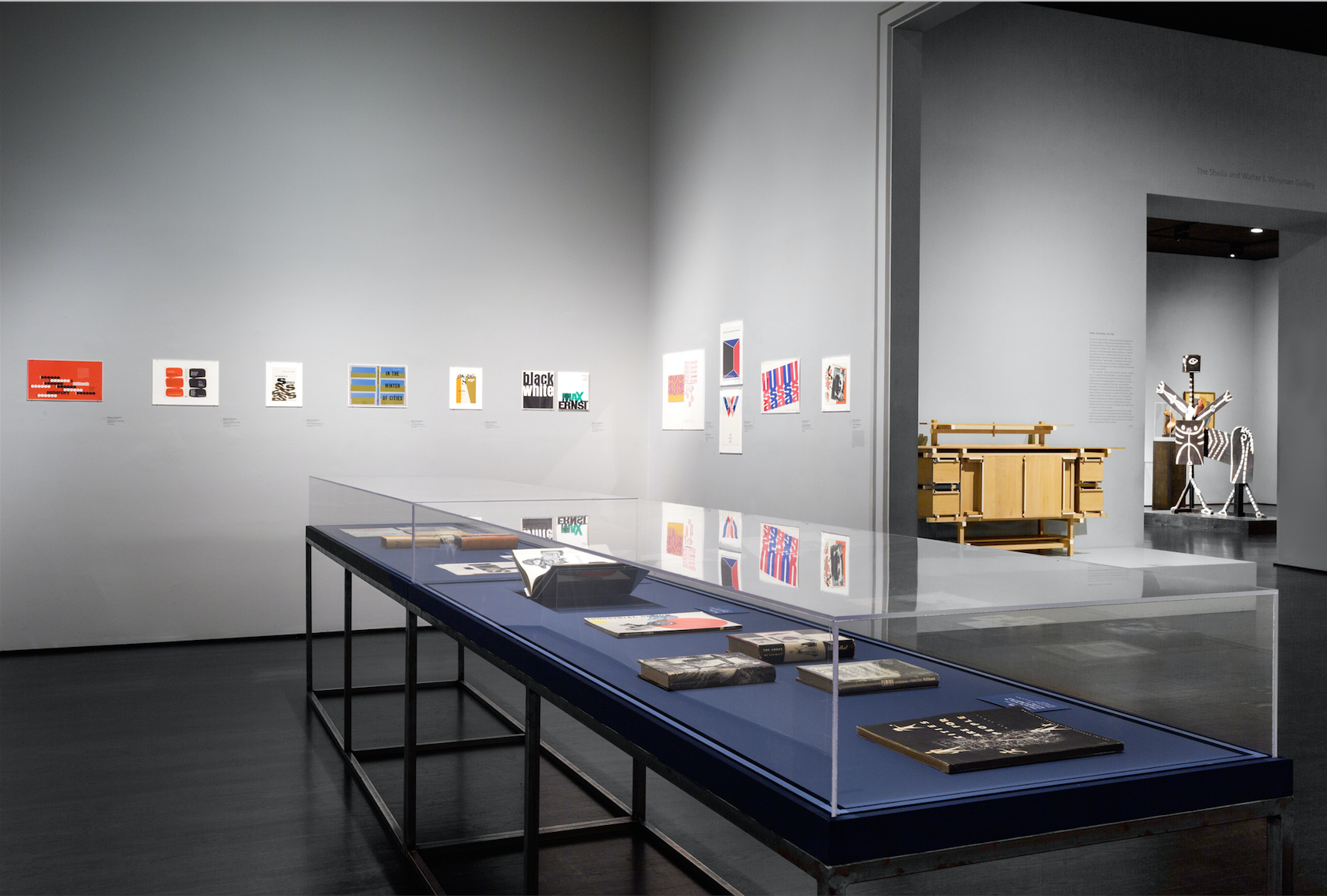
Flipping through collected works of Lustig and Lustig Cohen, one can immediately sense their awareness of and passion for 20th-century art. Their book covers and advertisements read like an archive of the history of abstraction—an alert viewer can find references to El Lissitzky, Joan Miró, Paul Klee, and Henri Matisse as well as Mark Rothko and Clyfford Still. These citations were more than homages to the artists they loved— instead, the designers deliberately invoked each style to enhance their message.
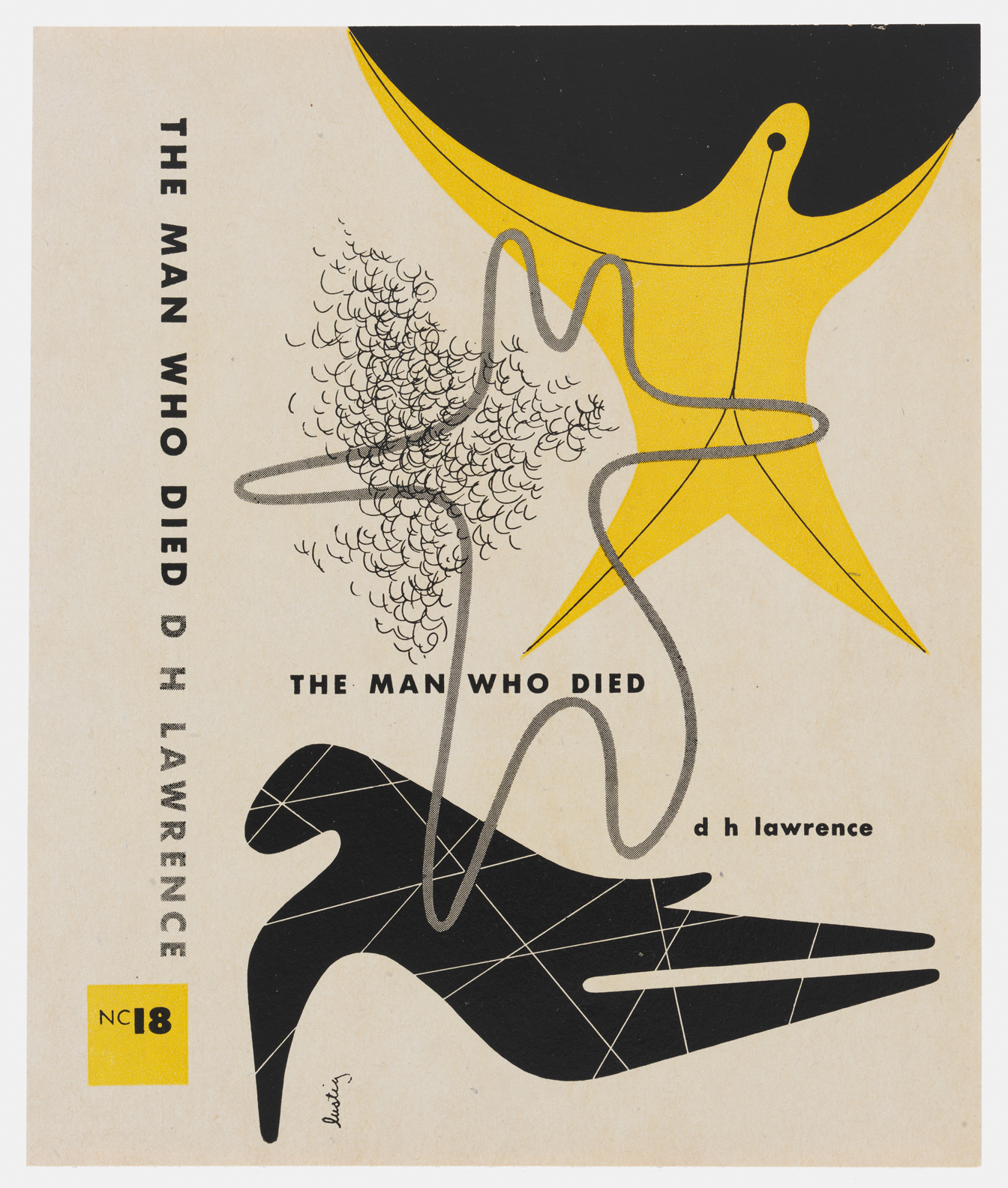
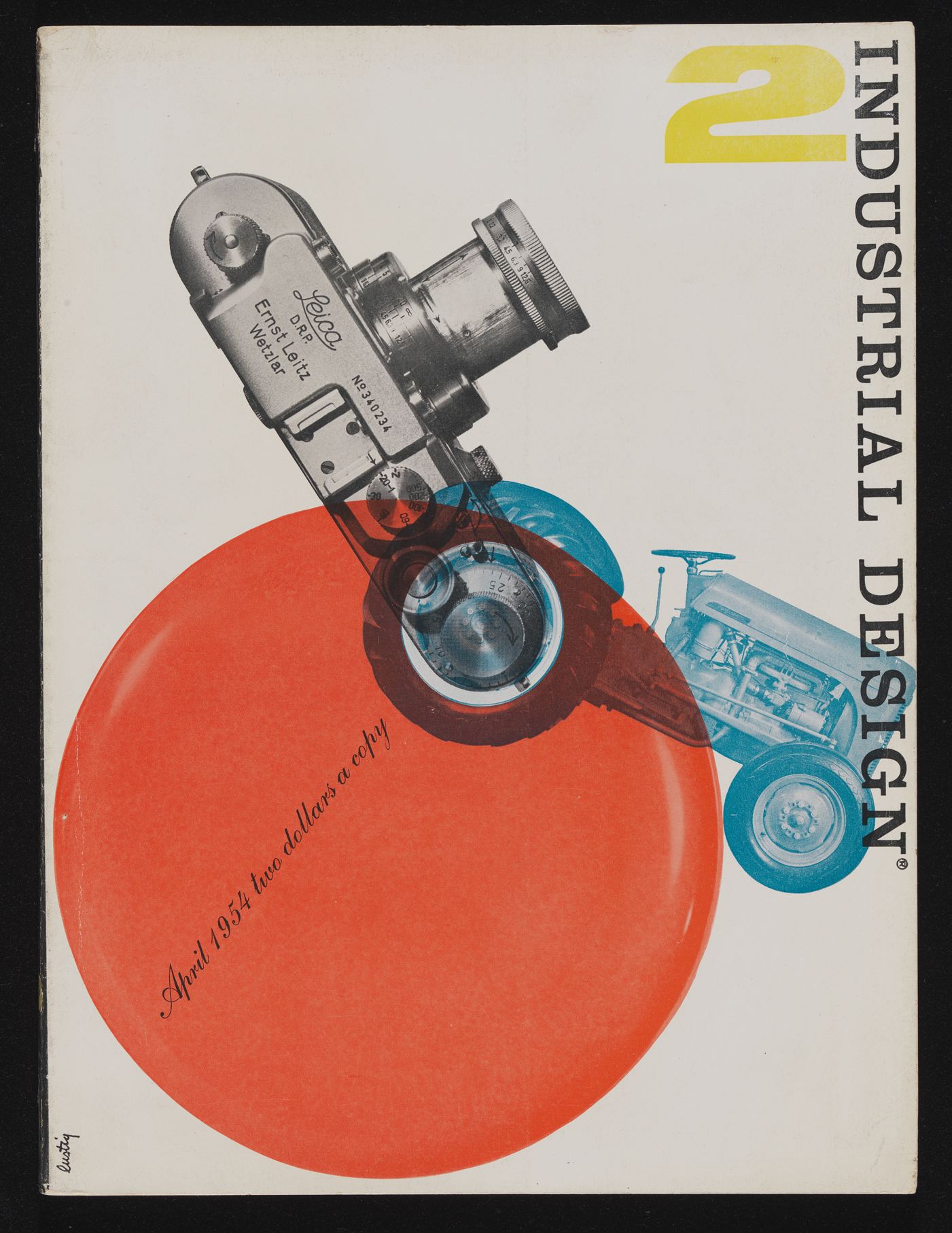
For Lustig, painting provided a trove of vital research into the psychological impact of color and form. He believed that designers should synthesize the findings of artists past and present, harnessing the power of aesthetics to create deeper communication. While most book designers relied on straightforward narrative illustrations, Lustig captured the central meaning of each text through abstract symbols, collages, and eventually pure typography.
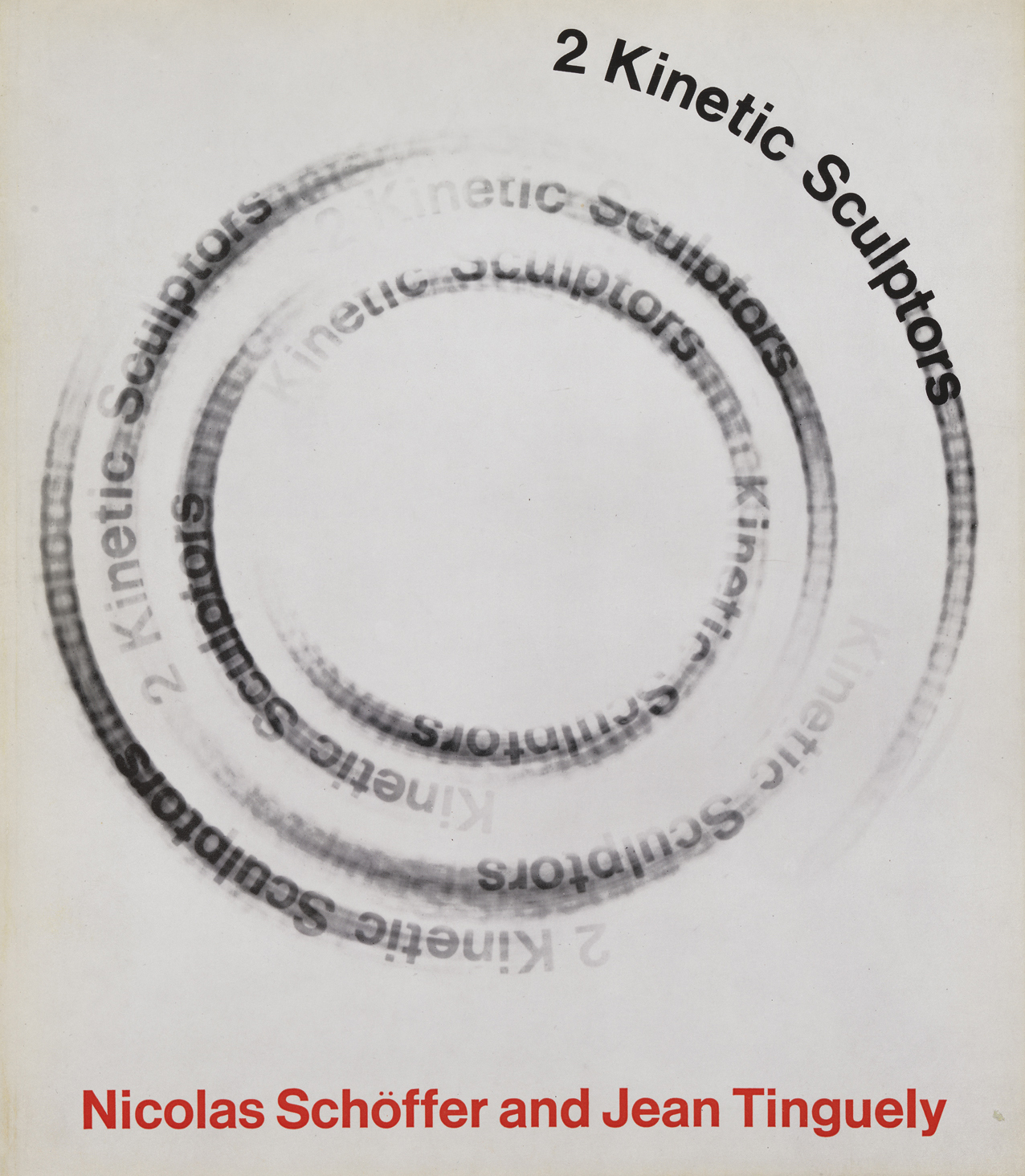
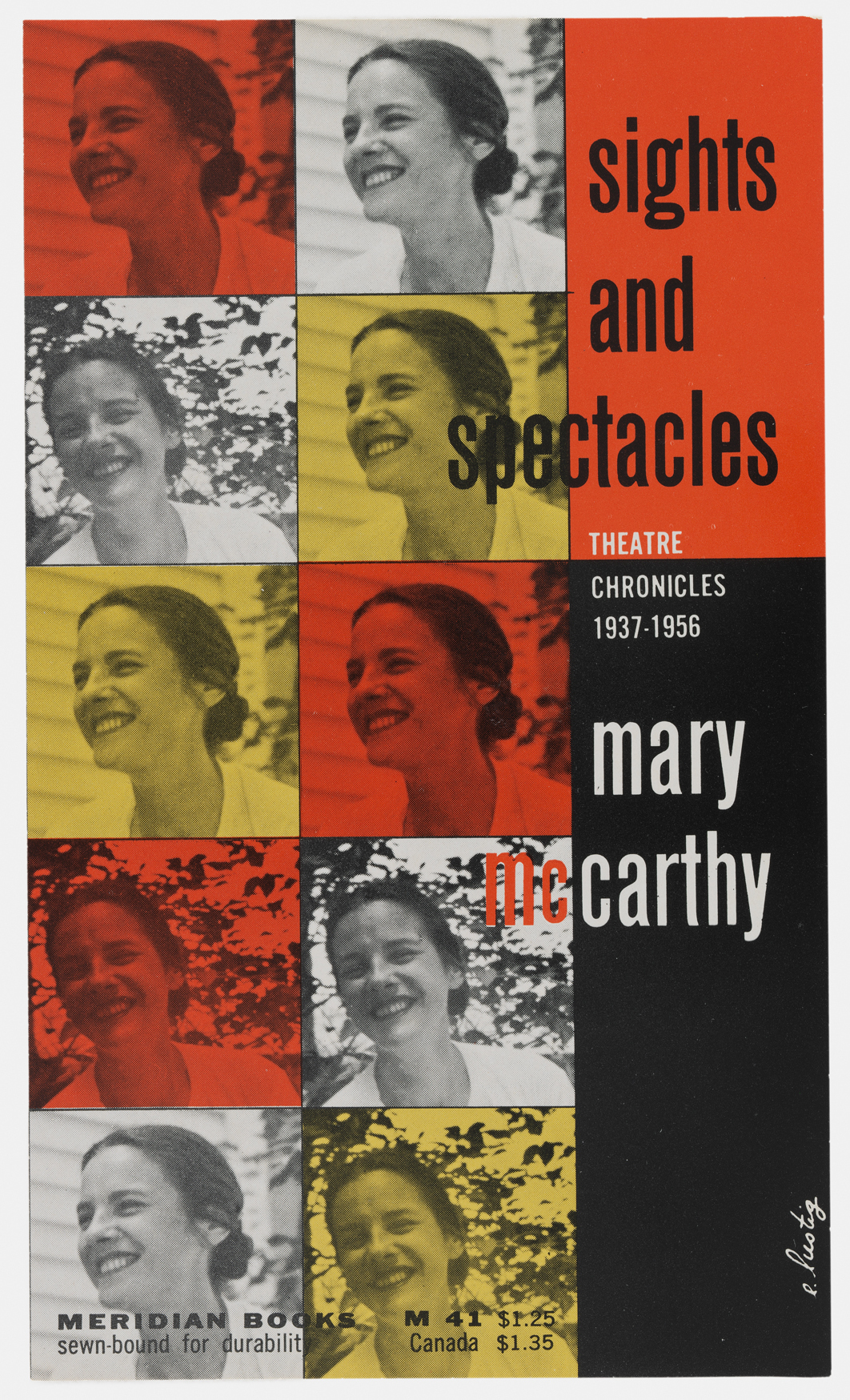
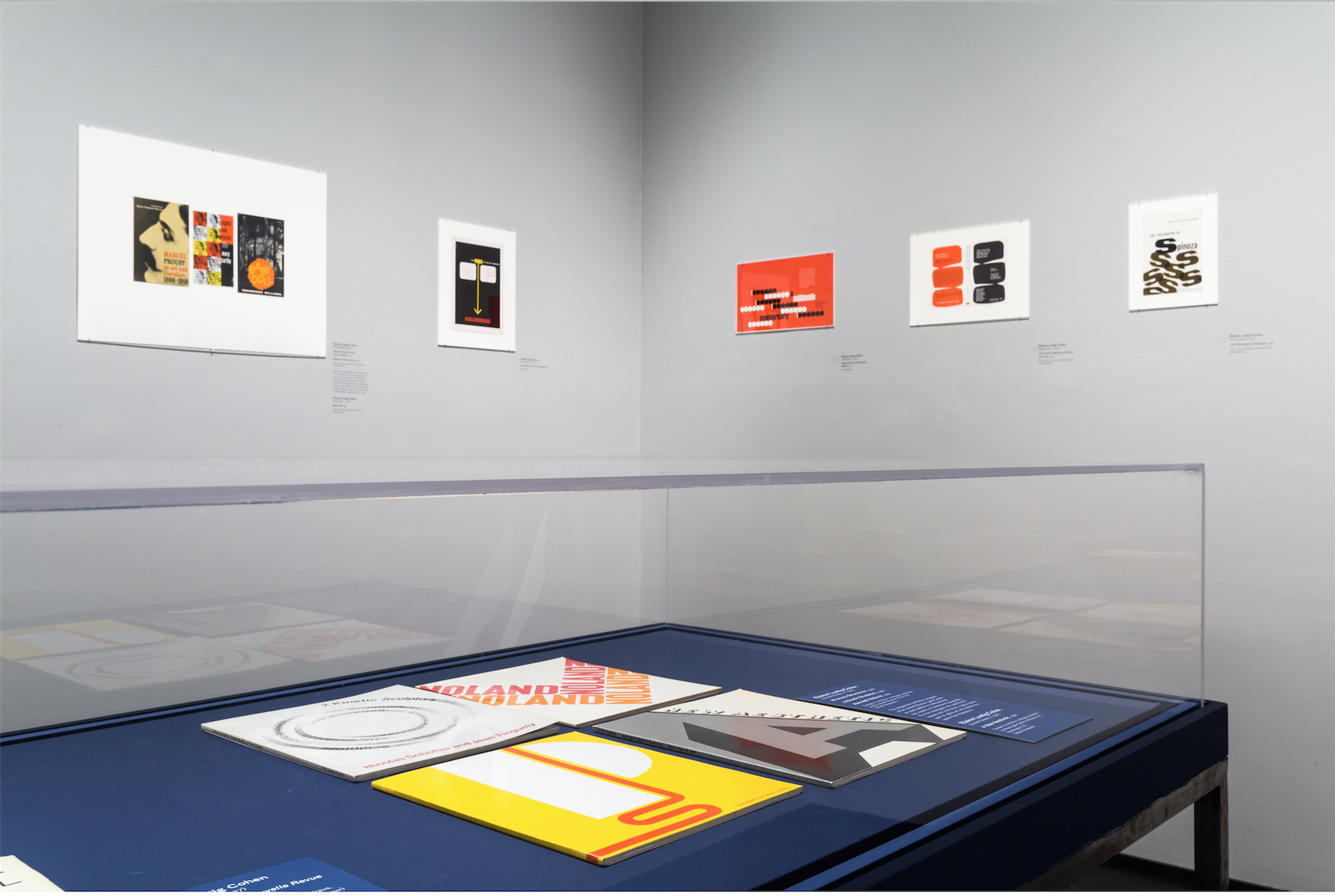
In an interview, Lustig Cohen described her process as one of distillation. She first identified the “essence” of a book or exhibition then “render[ed] it abstractly, either with type, color, form, or a photograph.” In her many exhibition catalogues, she translated the artist's methods into expressive letterforms and vibrant colors, rather than relying on strict reproductions of their work.
So while Lustig and Lustig Cohen may not have originally imagined that their publications, advertisements, and packages would end up on the walls of an art museum, the sympathetic context of Vitality of New Forms resonates with their intellectual process.
Watch Staci Steinberger discuss the work of Alvin Lustig and Elaine Lustig Cohen below.



